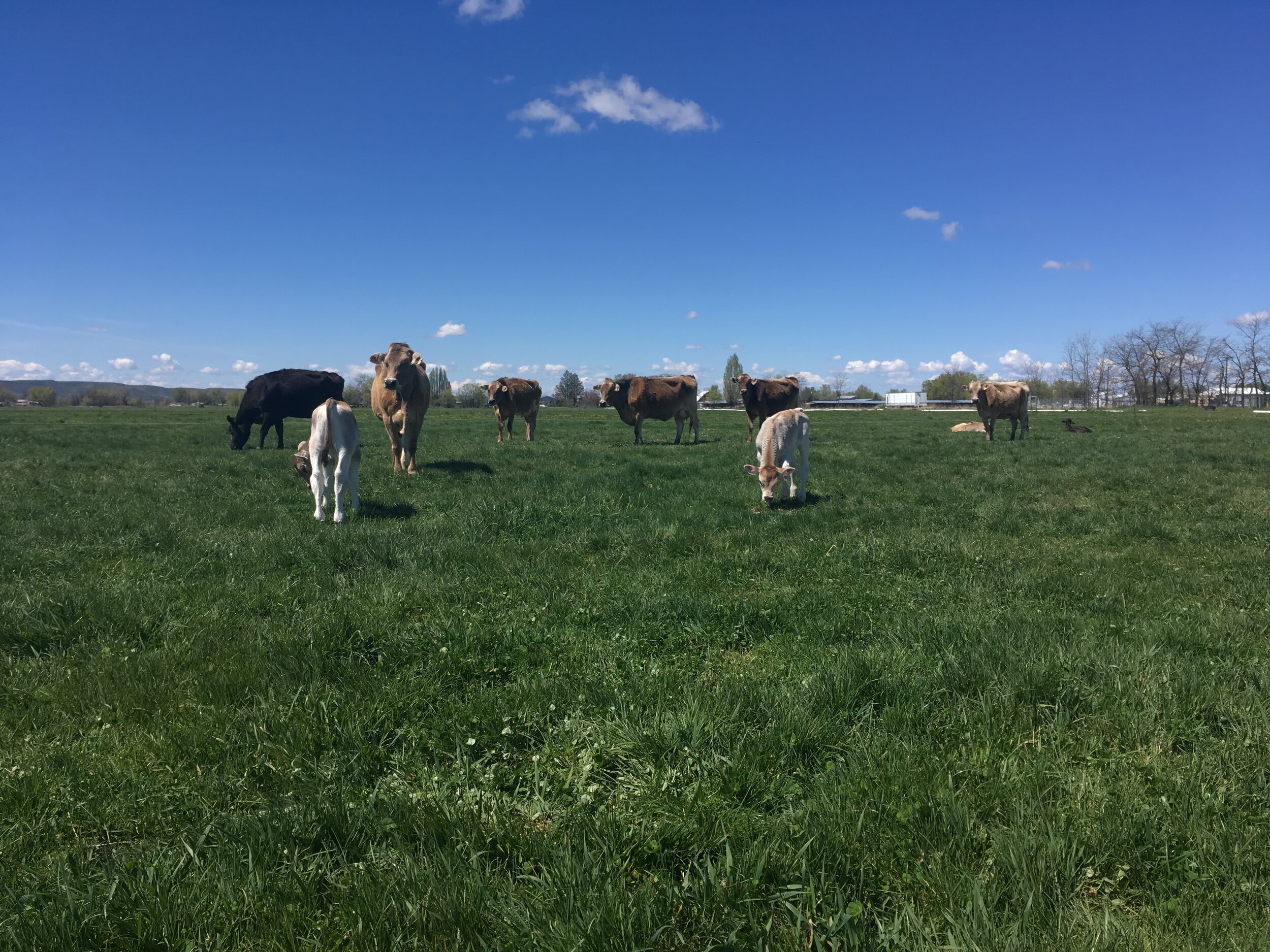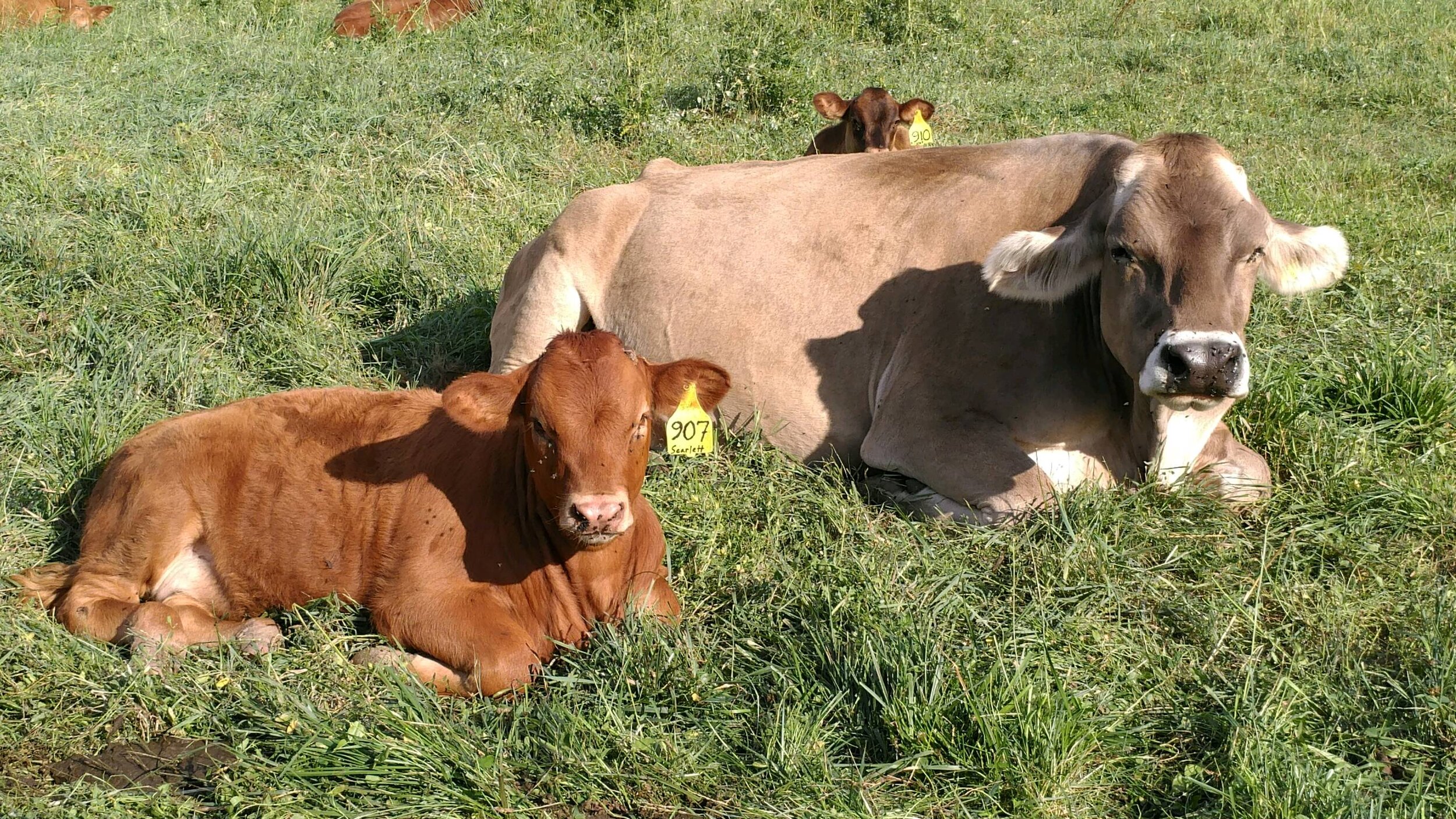Organics is not perfect. People and systems are imperfect and require pressure, patience, and time to change.
Over time, there has increasingly been a drive for production of organic foods that can sometimes be at the expense of the nutrient content of the food. However, we know that while producing an adequate amount of food does matter, the quality of our food matters more than production and volume.
An example of the production for quality trade-off in organics is hydroponic and aeroponic systems. These systems create a very high yield for minimal inputs or maintenance. Hydroponically and aeroponically grown plants are not grown in soil but typically in shredded coconut husks and given “organic” fertilizer for the plant’s nutrients. This is the antithesis of the organic mantra “feed the soil, not the plant”, and fundamentally an opposing system to organics. Nevertheless, hydroponic and aeroponic producers are able to label their products as “organic”. You’d be hard-pressed to find an organic tomato, pepper, or berry at the grocery store that isn’t hydroponically grown, but that information isn’t on the food label.
We deserve to know the quality of our food and how it was grown, and these systems are piggy-backing off of the organics movement to make big bucks. One of the most unfortunate consequences of these hydroponic and aeroponic practices is that they are able to produce food so cheaply that they undercut organic farmers that are growing their tomatoes and strawberries in the soil. Real food takes real soil and real work, and this is reflected in the price, the true cost of food.
Ninety-nine percent of meat, milk, and eggs come from concentrated animal feeding operations (CAFOs) in the United States. Organics should not be part of this, as the requirements state animals must have access to pasture in order to accommodate their natural behaviors.
There have been several instances of enormous “organic” operations that are using CAFOs and not giving animals access to pasture. Some of this information was leaked by whistleblowers while other instances were reported by investigative journalists. Sometimes, when information on organic farms has been reported to the USDA or media, the infractions don’t come to the attention of the supermarket buyer, the companies get off the hook by paying fines, and little to no change is made to the farm’s practices. Functionally, the farm is “organic” in name only. It’s a far cry from the picture of the happy eating grass on the carton of milk.
A serious consequence of all this is how difficult this makes charging a fair price for quality food. When everything is “organic”, the differences are difficult to distinguish for the unaware consumer. Huge organic farms are able to cut corners and undercut small family farms that are producing food higher in quality.
Real Organic Project: Part of the Solution
The Real Organic Project (ROP) is part of the solution because, rather than fighting within the current bloated system, it creates a new label, certification process, and network that people can trust. The Real Organic Project builds on USDA certified organic by focusing on traditional organic systems with an emphasis on “feed the soil, not the plant”. This focus is of utmost importance because the soil will feed the plant and steward the soil for generations to come.
The ROP standards and network remind us that we are accountable for the soil health, the products we grow, and for our communities.
Take a look at the Real Organic Project difference, with insightful side-by-side photos demonstrating what “real organic” looks like.
Our take on organic certification





































